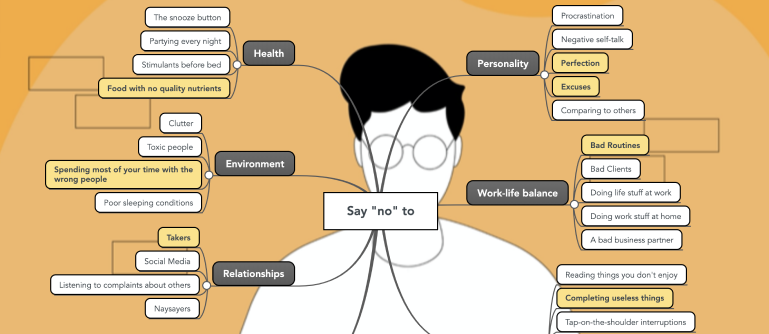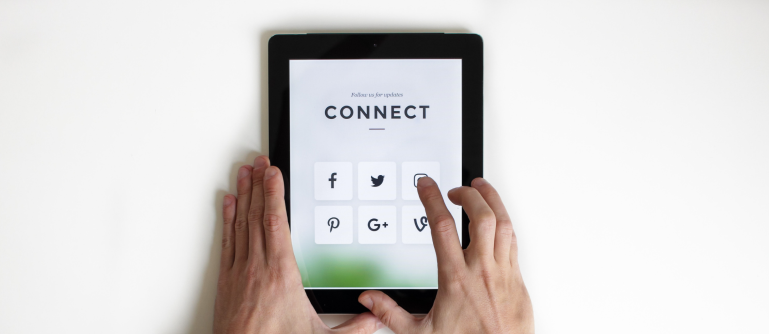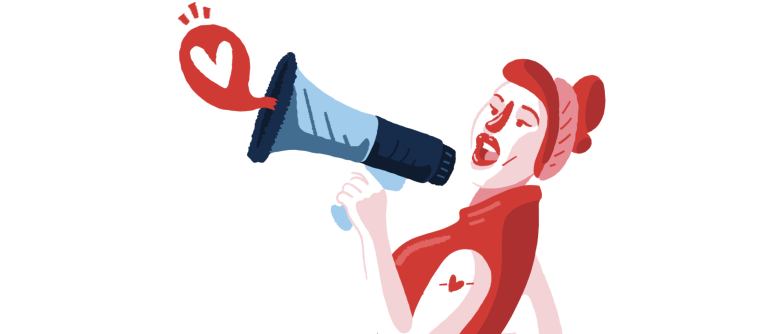- |
- |

This month, we’ve experienced once-in-a-generation changes to our lives: from social isolation to turmoil over toilet paper. But in contrast to crowds, sporting events and working from an office, Super8 will carry on as usual.
With the selection I’ve put together, you can peer out into the world through the safety of a digital window to keep entertained and informed. Now’s the time to learn, establish positive new habits, and generally stay curious. Find out how to work more effectively while remote, be happier, stroll through virtual museums from behind your screen, and more. Welcome to Super8 in March!
1. Why outbreaks like coronavirus spread exponentially, and how to ‘flatten the curve’.

- Read the full article here.
- Written by Harry Stevens.
- Contributed by: Elliott Grigg.
This is surely one of the most viewed articles around the world this month. Harry Stevens offers an interesting and easy-to-understand articulation of why we’re currently isolating, and the overarching objective of these initiatives.
COVID-19 aside, this is a nice reminder that simple conceptual assets can go a long way to enhancing an article.
The interactive simulations in this piece make sophisticated ideas palatable, and ultimately improve our collective understanding of vital information with very low effort on the reader’s behalf.
2. The best advice for remote work success from 10 global teams.

- Read the full article here.
- Written by Lauren Moon.
- Contributed By: Bridget Noonan.
Many of us are likely to learn that the three main pitfalls of working remotely are the bed, the TV and the fridge. Given a significant portion of the planet will now embrace a new work-from-home world order, here’s some practical advice on how to do it successfully.
This piece debunks common remote work myths, highlights communication best practices, provides ideas for balancing relationships, gives specific software recommendations, and explores the company culture that can form around remote work.
Given that some forecasts suggest we may be socially isolating for many months to come, it’s a good time to establish a productive set of practices.
3. 31 important things you should say ‘no’ to for a happier life.

- Read the full article here.
- Written by Danny Forest.
- Contributed By: Nina Wan.
Saying ‘no’ is hard. But sometimes the short-term pain we avoid by saying ‘yes’ can lead to greater long-term issues. Here’s a comprehensive list of how to say ‘no’ when making decisions that may lead us down regretful paths.
The links to other resources are incredibly extensive and there’s a full list of accompanying quotes to highlight the timelessness of the predicaments we find ourselves in, from Turkish proverbs to Oscar Wilde.
The techniques on offer are equally diverse: equip yourself to improve sleep hygiene, procrastinate less, and even end toxic relationships. There’s a little something in here for everyone.
4. 12 famous museum virtual tours you can take on your couch.

- Read the full article here.
- Written by Andrea Romano.
- Contributed By: Sarah El-Atm.
If you’re an art lover and you’re reeling from the thought of being isolated from your favourite galleries, then fear not. You can now wander through virtual museums from all around the world.
Even if you have more of a passing interest than a burning passion, these virtual tours offer a far more interactive way of experiencing the world than by simply watching a YouTube video.
It’s also an incredible example of digital innovation and new ways for people to interact with content. As we shy away from public gatherings and spaces, we may see a surge in demand to make things feel more connected and communal.
5. Social Distancing is not social disconnection.

- Read the full article here.
- Written by Matt Boyce.
- Contributed By: Kurt Smith.
We’re humans. We’re social creatures. The idea of social distancing—on face value—is at odds with how we operate as a species and have come to understand the world. However, as this article points out, social distancing does not mean social disconnection.
Now is the time to embrace the wonderful world of technology that we’ve created to maintain a social presence.
Spontaneously video call your friends when they’re eating breakfast, send an email to your mum, start the watercooler chat on your work’s messenger platform, the possibilities are endless! Take the lead and take action.
6. The best CSS spinners and loaders.

- Read the full article here.
- Written by Jean-Baptiste Jung.
- Contributed by: Timocles Copland.
Okay, enough doomsday articles. On to the fun things: like a collage made with macaroni, or dance beat made with a Gameboy, creating something artistic with simple inputs and big constraints is a clear demonstration of skill and mastery. CSS animations are a perfect example of this.
CSS animations have paved the way for creative and interesting ways to signal to people using technology that something is going on behind the scenes beyond the traditional gif.
Here’s a list of some easily implemented spinners and loaders that might make your next project just a little bit more polished and a little bit more delightful. The only danger is the potential for paralysis of choice, given the sheer volume of options.
7.‘Let me explain it to you’ — and other things women LOVE to hear.

- Read the full article here.
- Written by Lizette Spangenberg.
- Contributed By: Rachel Antoniadou.
Let’s pause on the pandemic entirely and remember that March 8 was International Women’s Day. It provides us with an opportunity to examine our industry and how it does or doesn’t facilitate inclusivity.
This article provides some pertinent examples of how gender has shaped the author’s experience working in tech, highlighting the commonplace infantilising and impossible double standards that exist, while also offering some hilarious gifs for comedic relief.
Lizette Spangenberg lists out some practical advice for those that find themselves in these situations and—at the end of the day—provides guidance for simply being a decent human, regardless of gender.
8. 10 essential cognitive behaviour patterns for UX design.

- Read the full article here.
- Written by Danny Sapio.
- Contributed by James Otter.
Safe, skippable, and satisfying aren’t typically words you’d use to describe UX design, but they’re important elements to consider when designing interfaces and product behaviour. Tapping into the intrinsic patterns expressed by our brains sounds more like something out of a horror film than a UX design lesson.
That said, a series of common behavioural patterns can help escalate interfaces from being average to engaging and prevent cognitive overload for users.
More Articles
Up for some more?
Get your monthly fix of August happenings and our curated Super8 delivered straight to your inbox.
Thanks for signing up.
Stay tuned, the next one isn't far away.
Return to the blog.
